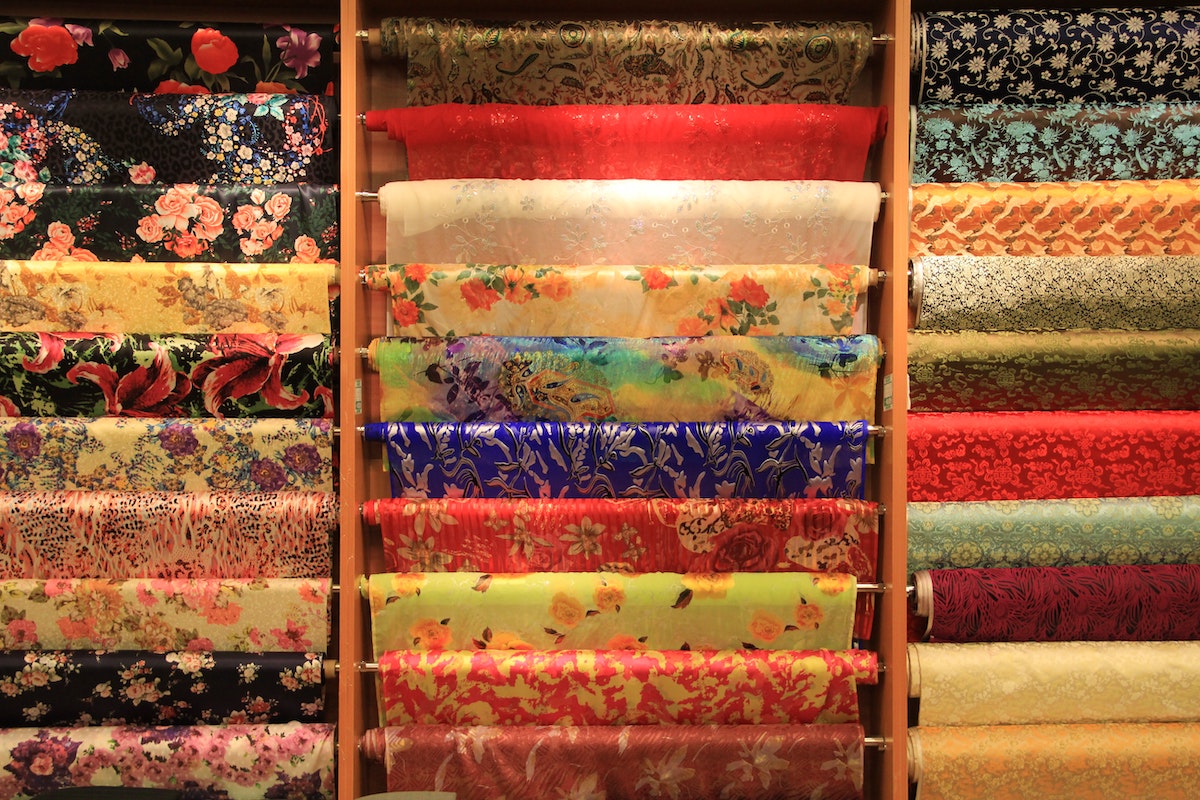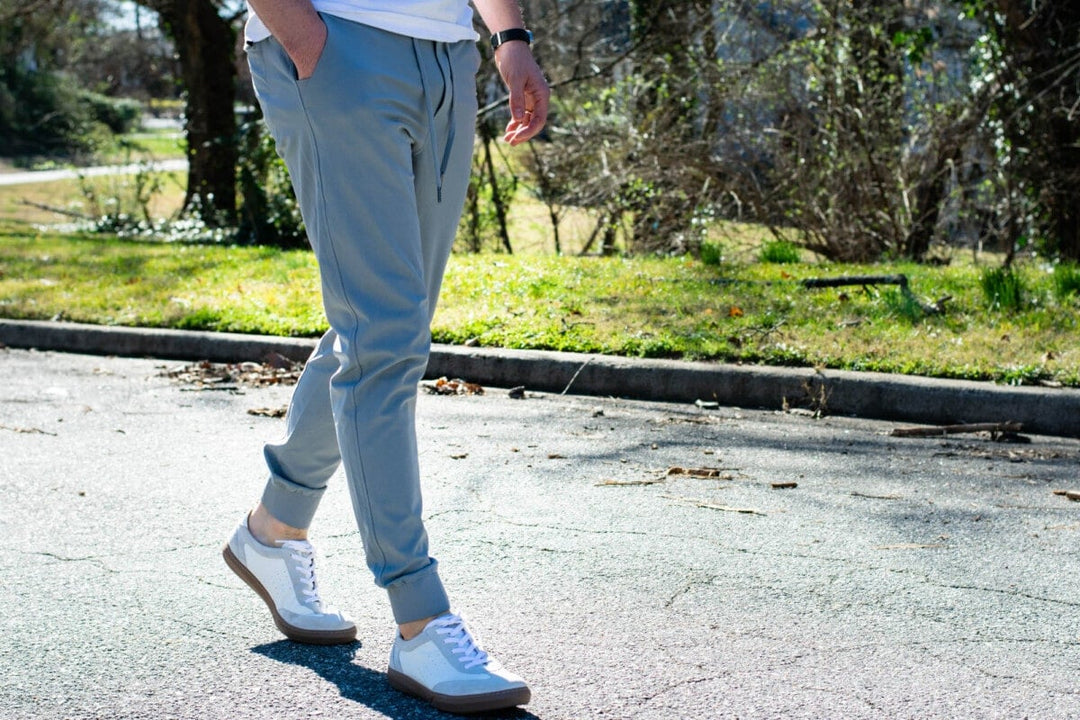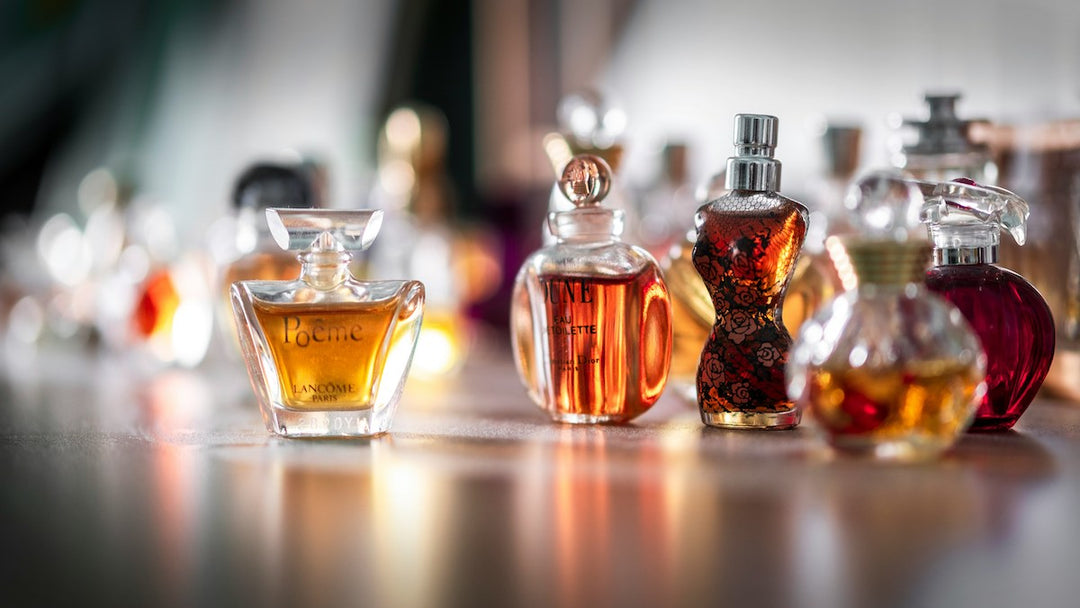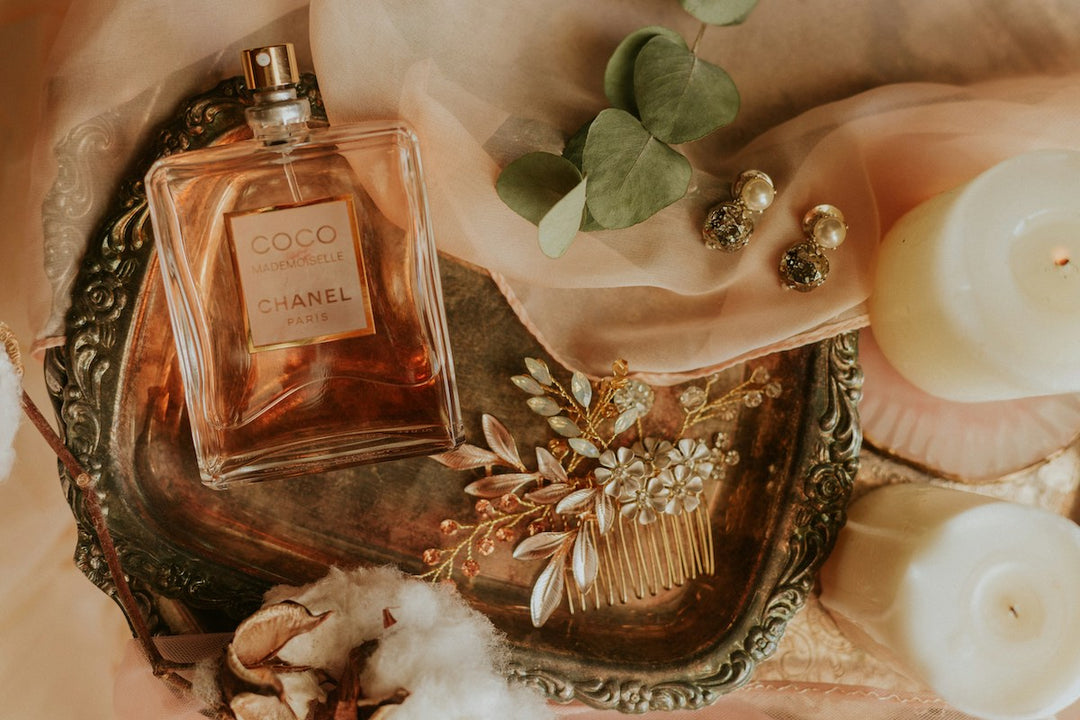The world's most expensive fabrics are Cashmere from the Himalayas, Vicuña fabric from South America and Silk woven by artisans in Asia. Other costly fabrics such as Brocade are also included.
The quality of the fabric is the most important aspect that people look at when they purchase the most expensive fabric. The conventional belief is that inferior quality is equivalent to less expensive fabrics, however natural fabrics are more expensive than synthetic.
Are high-end fabrics worth the extra cost? Are the most luxurious fabrics guaranteed the highest quality? It's possible to think that the cost of $500 for fabric seems like a lot however, you could be surprised to learn that in terms of high-end quality, you get what you spend for.
It is essential to choose a high-quality fabric for looking stunning. This is why models walking on catwalks and celebrities who walk the red carpet opt for expensive items designed by well-known designers. Fabrics that have a higher price are characterized by unique characteristics which make them distinctive in comparison to ordinary fabrics. What are the most expensive fabrics to wear?
Here's a breakdown of the world's most expensive fabrics!
The Most Expensive Fabric in the World
1. Vicuna Fabric
Vicuna fibres create clothes that have unbeatable elegance, lightness, warmth and softness. They create eye-catching clothes, which is why they are very popular on the list of the most expensive fabric types in the world.
Incas believed that it was the cloth of gold and in the past, only royalty was allowed for wearing the garment. Vicuna fibres, also known as the Golden Fleece, are valued at about $600 per kilogram. An ordinary vicuna fabric jacket can cost upwards of $21,000!
The price increase is due to the small amount of fibre in the fleece Vicuna (a cousin to llama as well as Alpaca) produces. Within two years, an adult Vicuna produces approximately 500 grams of fibre, but it takes at least 25 animals to create an overcoat. It's also hypoallergenic and comfortable and well-fitting.
Although the amount may be minimal, Vicuna yarn's quality remains good since it's not chemically treated and the animal is able to be shorn once every three years. It is also extremely small and thin, making it hard to spin, which further increases the exclusivity. These factors contribute to making Vicuna extremely rare, making it the most expensive fabric for clothing.
2. Guanaco Wool
In the realm of rare materials from the Camels family, Guanaco ranks among the best. Guanaco's natural fibres create some of the softest robust, durable, light and luxurious fabrics. The fur that covers the undercoat that the animals wear is soft and like cashmere.
Wool also contains oil which is a natural dirt repellent and reduces the need for washes while also extending the life of the wool. Guanaco fibres cost $400 per kilo. A scarf can cost around $1,195, and a jacket could be priced at more than $10,000.
3. Baby Cashmere
Cashmere is a costly fabric for clothes that will last for a lifetime. It's also one of the top choices for famous people and even queens and kings. The fabric is extremely rare since it can only be collected only once, from goats that are between 6 and 12 months old. Although each goat yields approximately 30 grams of fibre, the material produced is warm, comfortable and smooth.
Precise and timely handling is essential to make exquisite fibre, which is typically manually processed using combing of baby goats. The high-end fabric also has an incredibly high demand that leads to a high cost. The best cashmere sweater can cost as much as $2,400.
4. Cervelt Fabric
Do you want to buy the most expensive material with the highest quality and wear? Think about purchasing one made from Cervelt fibre. This premium textile fibre is tough, durable, and has distinctive natural properties that make it among the most sought-after fabrics across the globe.
Cervelt fibre is derived from red deer, and only 20 grams are taken each year from an animal. Its limited supply makes it one of the most exclusive and sought-after natural fibres. The set socks Cervelt exclusive socks cost around $1500 each.
5. Silk from Mulberry
Mulberry is among the highest-priced and most expensive silk in the world. It is made from the unique Bombyx Mori silkworm that feeds only on the leaves of mulberry. This silk is more durable and better than other varieties, its production takes a long time and is expensive.
It takes about 3000 cocoons to produce one yard of woven fabric, and the worms need to consume about 200 pounds worth of foliage in order to create one kilogram of silk. Mulberry silk is popular since it is hypoallergenic, odourless and durable. It also requires special care. The price of mulberry silk is approximately 100 dollars per yard which makes it among the most expensive fabrics for clothing.
6. Burmese Lotus Silk Flower
Lotus silk represents the definition of luxurious fibre. It's extremely soft, waterproof and stain-proof. It's a rare fabric and can take weeks to make, so the price is high. It's also considered to be one of the most extravagant vegan fabrics available. What makes it so expensive? It's a rare item and is produced on an extremely tiny scale. Making silk is lengthy and straightforward.
For one scarf, it takes about two months for skilled crafters to remove the natural fibre. It takes up to a hundred silkworms in order to produce one kilogram of fine silk. The threads must be processed when they are still wet and in less than 24 hours to produce silky and breathable fabrics. One 25-centimetre length of fabric is sold at a cost of $200.
7. Qiviut Fabric
Qiviut is a unique luxurious fibre that the wealthy aren't able to avail enough of. The strands that form the soft undercoat of Muskox can be eight-fold warmer than sheep's wool. But how much does Qiviut cost? Because it's scarce and made in very small quantities, Qivut commands a high cost. Raw, unprocessed fibre costs about $65 per ounce. The cost of a basic scarf costs up to $195.
When you are looking for the most expensive fabrics the best practice is to choose clothes that are soft wash and dry well and offer top-quality service. This way, you can enjoy elegant outfits tailored to perfection, which is why you should invest in clothes that cost so much.
The Golden Threads of Imperial China
The magnificence of Imperial China's Golden Threads is an embodiment of craftsmanship at its highest level. These uber-luxury fabric threads, made from pure gold, reflect a sophisticated culture that regarded every piece of fabric as a work of art.
It wasn't just about showing off wealth. Gold weaving into fabric is a symbol of power, dignity, and a prominent status in society. For centuries, the golden threads were exclusively used by the royal court of Imperial China. Even today, it's not common to see these in everyday or banquet clothing.
Why are these golden threads so costly? The production process—as you might imagine—is incredibly labour-intensive. Unlike synthetic materials, the golden threads are painstakingly handmade, requiring a high level of expertise and a deep understanding of traditional Chinese artistry.
To create a single thread of gold, artisans start with a minuscule .9999 pure gold bar. This piece of gold is slowly and carefully beat into thin gold leaves, which are then laboriously cut into delicate chiffon-like threads. The making of these delicate threads could take weeks, even months, making them incredibly scarce and highly valued.
Here's a sneak peek into the data behind such an extremely ceremonious craft:
|
Content |
Information |
|---|---|
|
Raw Material |
.9999 Pure Gold Bar |
|
Work Time of One Thread |
Up to Months |
|
Purpose |
Imperial Use Only |
The magical charm of the golden threads from Imperial China isn't about their ostentatious price tag. It's about their history, the incredible labor that goes into their creation, the rarity of the skill required to create them, and their beauty.
The Luxurious Cashmere from the Himalayas
Next on our list of the world's most expensive fabrics is Cashmere. Derived from the undercoat of the Capra Hircus, better known as the cashmere goat, this fabric is renowned for its superior warmth, softness, and lightweight. To harvest cashmere, farmers comb the undercoat of the goat, ensuring no harm comes to these magnificent creatures. This careful, humane process ensures the pristine quality of every thread, resulting in a fabric that's both sustainable and luxurious.
The cashmere goat primarily resides in the harsh conditions of the Himalayas, where the temperature can plummet below -30 degrees celsius in winter. Its undercoat, therefore, develops into a unique layer of insulating fur. It's this surviving-the-extreme feature that gives cashmere its revered warmth-to-weight ratio.
Harvesting cashmere is a labour-intensive process. Each goat only produces about 150 grams of the luxurious fabric per year. This exclusivity, combined with the demanding harvesting process, is the leading factor behind the high price of cashmere.
|
Material |
Average Production per Animal per Year |
|---|---|
|
Cashmere |
150 grams |
The rarity and the refined quality of cashmere make it highly coveted in the world of fashion. It's held in high esteem amongst designers and is recognised in society as a status symbol.
As we continue our exploration of the world's most expensive fabrics, it's clear to see that the true value of these textiles is often measured beyond price. Behind each thread lies a tale replete with history, rarity, craftsmanship, and beauty - just like the story behind the golden threads of Imperial China and the fine cashmere from the Himalayas. Stay tuned as we venture further into this captivating world of textiles.
The Rare and Exquisite Vicuña Fabric
If you think Cashmere is rare, wait until you discover a fabric that's even more elusive. We're shining a spotlight on the Vicuña fabric, the garment made from the soft hair of a small South American camelid known as the Vicuña. This fabric holds a reputation as one of the most expensive and finest in the world.
Living high in the Andes, the Vicuña's coat has adapted to the extreme conditions. Its hair is thin, light, warm, and incredibly soft, making it a sought-after commodity. The Vicuña produces a small amount of wool, approximately 150 grams every three years, which it sheds naturally. To ensure the animals aren't harmed, the wool can only be shorn once every three years, making this a painstakingly labour-intensive process.
This scarcity and the intricate process involved in its harvesting has led to Vicuña fabric being crowned the most expensive wool globally. You'll find that owning a garment made from this material is not only a testament to your style and sophistication but also reflects a respect for its remarkable origins and the craftsmanship involved.
Vicuña fabric is intimately connected to the culture and survival of the Andean people. They've developed a deep reverence for these animals, reflecting the intertwining of nature and culture, economy and spirituality. It highlights the true value of the Vicuña fabric, emphasising its history, rarity, meticulous crafting process and ethereal beauty.
As we immerse ourselves in the world of luxury fabrics, the quality and story of the Vicuña fabric sets an exciting, high benchmark. So, as we explore other expensive fabrics, you'll appreciate the complex nuances further, and why these fabrics command such high prices in the fashion industry.
The Elaborate Process of Making Brocade
From the soft hair of South American camelid, we shift gears to the world of woven wonders. Brace yourself as you're about to witness the intricate craftsmanship involved in creating another illustrious fabric - Brocade.
Originating from ancient times and most commonly associated with the Far East, Brocade is a delicately woven fabric often made from silk, gold, or silver threads. It's known for its elaborate designs and patterns, which are not printed but woven into the fabric. These intricate patterns, often embellished with florals or historical symbols, give Brocade its distinguishing richness and complexity.
Similar to the laborious process of harvesting Vicuña wool, the production of Brocade also requires extensive craftsmanship and patience. Traditionally, you'll see a Jacquard loom at work, an innovative piece of technology for its time introduced during the 19th century by Joseph Marie Jacquard. This monumental invention allowed for more detailed and intricate designs to be woven into the fabric, making them more accessible and prevalent.
The process of producing brocade is a meticulous one. A pattern is first selected or created, with attention paid to the detail and intricacy of the design. This pattern is then transferred onto the loom, where the warp and weft threads intertwine to bring the design to life. With each pass of the shuttle, the pattern begins to appear within the fabric. Each thread, each turn, each moment of precision contributes to this labour of love.
The opulence of Brocade comes not just from the quality of materials used such as fine silk, gold, or silver threads. More than that, it is the embodiment of a centurion-old weaving tradition, a mirror reflecting the symphony of historic and romantic narratives. The Brocade fabric, with its striking patterns, brilliance, and exquisite craftsmanship, is truly a testament to human ingenuity and aesthetic appreciation.
The Intricate Art of Weaving Silk
On your journey discovering the world's most luxurious fabrics, you've surely already marvelled at the craftsmanship needed to produce exquisite Cashmere from the Himalayas, the rare Vicuña fabric of South America, and the opulent Brocade. Now, let's focus on another entrant into this exclusive club: the legendary silk weaves of Asia.
Silkworm farming, or sericulture, is an age-old practice originating from China and slowly spreading across other Asian countries, such as India, Japan, and Vietnam. But it's in the meticulous process of transforming silkworm cocoons into delicate threads where the true artistry blooms. Each cocoon can yield up to 900 metres of silk, but only the most skilled of hands can delicately unfurl these precious strands.
|
Fabric |
Place of Origin |
Yield Per Cocoon |
|---|---|---|
|
Silkworm Silk |
China, India, Japan, Vietnam |
Up to 900 metres |
Yet, the story does not end here. This delicate thread goes through a rigorous process of dyeing, where it imbibes rich and vibrant colours, allowing fabric to take on a whole new persona. Often, the dyeing stage is done by hand, deepening the human touch that's so central to the appeal of luxury silk.
With dyed threads ready, patience and skill must entwine to weave incredible patterns and motifs in the loom. Traditional cultural stories are intertwined with knots and patterns, so each silk garment you see or touch is not just fabric - it's a narrative.
The journey of silk is arduous and filled with tradition - a single thread embodies not just luxury, but the handiwork of generations. By wearing silk, you're not just embracing opulence, you're cloaking yourself in the tales of a century-old craft.
Recognising the monumental effort behind each yard of silk you own enriches your bond with the garment and displays a deeper appreciation for these time-honoured techniques.
Frequently Asked Questions
What are the world's most expensive fabrics?
The world's most expensive fabrics are Cashmere from the Himalayas, Vicuña fabric from South America and Silk woven by artisans in Asia. Other costly fabrics such as Brocade are also included.
Where does Cashmere originate from?
Cashmere originates from the Himalayas. It's renowned worldwide for its soft touch, warmth and high cost due to the difficult extraction process.
What is Vicuña fabric?
Vicuña fabric hails from South America. It's revered for its light weight and superior warmth, making it one of the priciest fabrics globally.
How is silk produced?
The production of silk is an intricate art form. Silkworm cocoons are transformed into delicate threads in a meticulous practice. These threads then undergo a rigorous hand-done dyeing process before being woven into incredible patterns on a loom.
How is wearing silk seen?
Wearing silk is seen as an embrace of opulence. Silk garments not only symbolise luxury but also represent a deep appreciation for time-honoured techniques and handiwork of generations.
Summary of the Most Expensive Fabric in the World
So, you've journeyed through the world of luxury fabrics, from the lofty Himalayas to the vibrant culture of South America. You've discovered the painstaking artistry behind silk weaving in Asia.
It's clear that these fabrics aren't just about opulence. They're the result of age-old traditions, meticulous craftsmanship and a deep respect for nature's bounty. When you choose to wear these fabrics, you're not just making a fashion statement. You're honouring a heritage of skill and dedication.
You're wearing a story, a history, a labour of love. And that's what makes these the most expensive fabrics in the world. It's not just the price tag, it's the value of the human spirit woven into every thread. Now, that's true luxury.
Additionally spending money on fabrics you appreciate, your wardrobe will be grateful over time, similar to spending money on perfume or colognes; some of the world's most expensive colognes. Clive Christian’s No. 1 Imperial Majesty Perfume is the most expensive cologne in the world priced at $12,721.89 per ounce, according to 7Gents.com!






Leave a comment